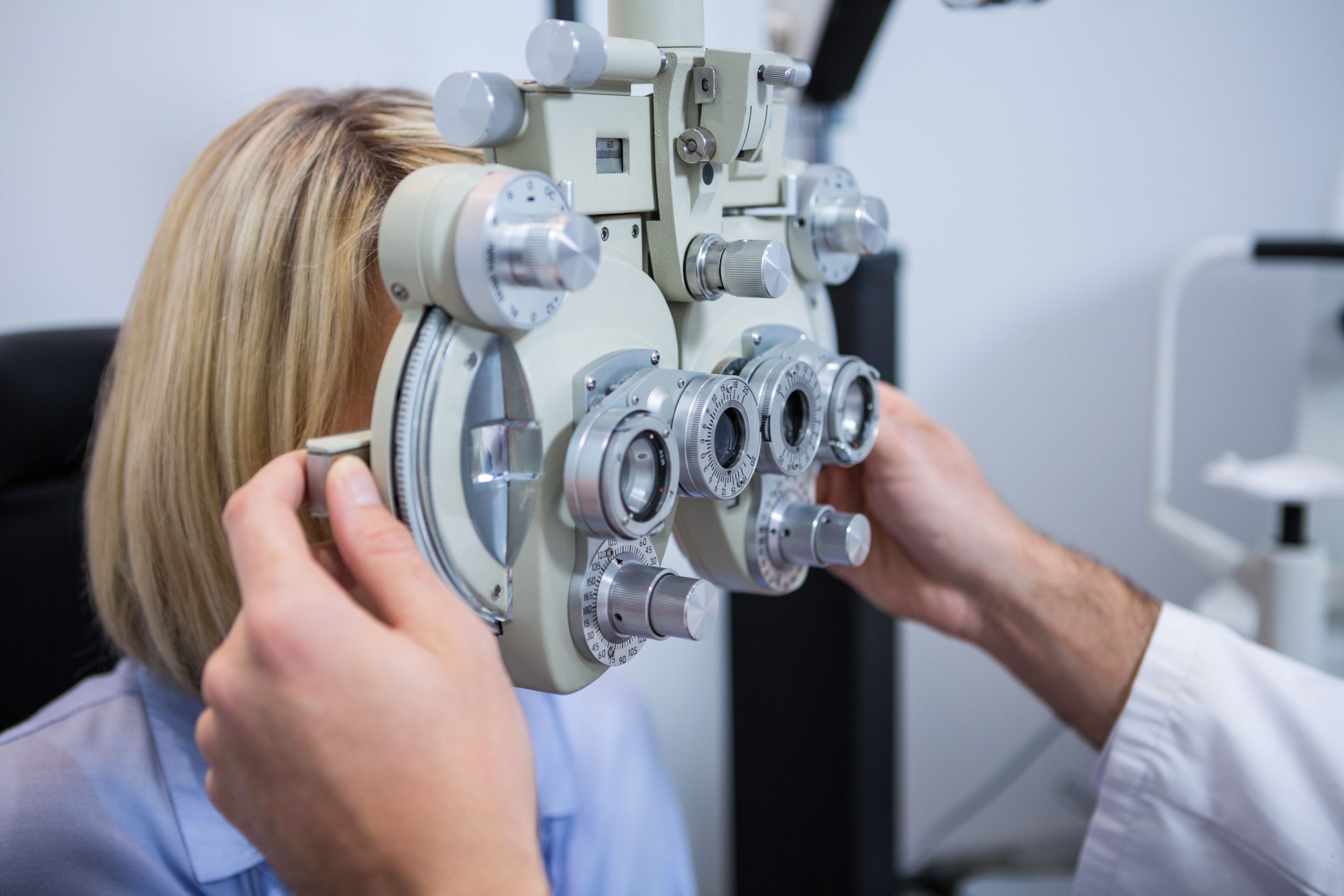Cataracts are common eye problems that affect millions of Americans every year. Cataracts occur when the lens inside the eye becomes cloudy or opaque. This causes light rays to focus poorly, resulting in blurry vision. As the condition worsens, patients may experience pain and glare. They can cause vision impairment and blindness, especially in older adults. The good news is that cataract surgery is effective at restoring sight.
While cataracts are often thought of as inevitable, research shows that certain lifestyle choices can increase your risk of developing them. Here are five things that can increase the risk of developing cataracts.
1. Aging
As one of the most common causes of cataracts, aging is a factor that cannot be avoided. As people age, their eyes naturally become weaker, and the lens in the eyes becomes more opaque, making them more prone to developing cataracts.
Unfortunately, there is no real way to avoid this aging process, but there are things one can do to protect their eyesight as it ages. This includes regular eye exams and wearing protective eyewear when exposed to UV light.
In some cases, the doctor may also suggest surgery to remove cataracts. If you’re a probable candidate for cataract surgery, ask the necessary questions about lens replacement options, the length of time for cataract surgery, and how long recovery takes.
2. Diabetes
Having diabetes or being pre-diabetic can also increase the risk of developing cataracts. This is because diabetes affects the blood vessels in the eyes, leading to damage that can impact vision. When left untreated, cataracts can develop.
To decrease the risk of developing cataracts due to diabetes, it is important to control blood sugar levels, keep up with regular physician visits, and follow an eye care routine that includes regular eye exams. Don’t forget to make sure you have adequate diabetes insurance coverage in case of any medical expenses.
3. Smoking
Smoke can be very harmful to the eyes. Studies suggest that smoking increases the risk of developing cataracts, especially if you have been smoking for a long time. Fortunately, quitting smoking can help to reduce this risk. If you or someone in your family smokes, it is important to encourage them to quit or seek help. Also, try to limit your exposure to second-hand smoke as much as possible. Many people forget that second-hand smoke can be just as dangerous.
Avoid being in an environment with a lot of smoke whenever possible. Older adults who have never smoked should also be cautious regarding smoky environments.
4. Eye Injuries and Eye Treatments
Eye injuries can also contribute to the formation of cataracts. Trauma from sports, physical activity, or accidents can cause damage to the lens in the eyes and increase the risk of cataracts. This manifests in clouding, blurriness, and discoloration of vision.
Laser and ultraviolet treatments and intraocular injections can make the lens more prone to cataracts. Talking to your eye doctor about any treatments you might consider before moving is essential.
5. Unprotected Ultraviolet Exposure
Unprotected ultraviolet (UV) exposure from the sun can also increase the risk of cataracts in the eyes. This is because UV radiation can damage the lens of your eyes, leading to clouding and blurriness of vision.
It is essential always to wear protective eyewear when exposed to UV light. This includes sunglasses, hats, and other forms of eye protection. Also, limit the time you spend outdoors in direct sunlight, and wear protective eyewear when possible.
Additionally, many people forget that even on cloudy and rainy days, their eyes can still be exposed to UV light. That is why it is essential always to wear protective eyewear outdoors, no matter the weather.
Conclusion
Many risk factors can increase the likelihood of developing cataracts. It is essential to be aware of the various causes and take steps to reduce these risks. This includes eating a healthy diet, exercising regularly, quitting smoking, and reducing exposure to UV light.
Additionally, keeping up with regular eye exams and following your doctor’s recommendations is vital. Taking preventative action now can help reduce the risk of developing cataracts later.


